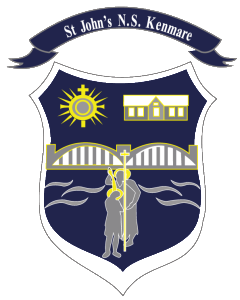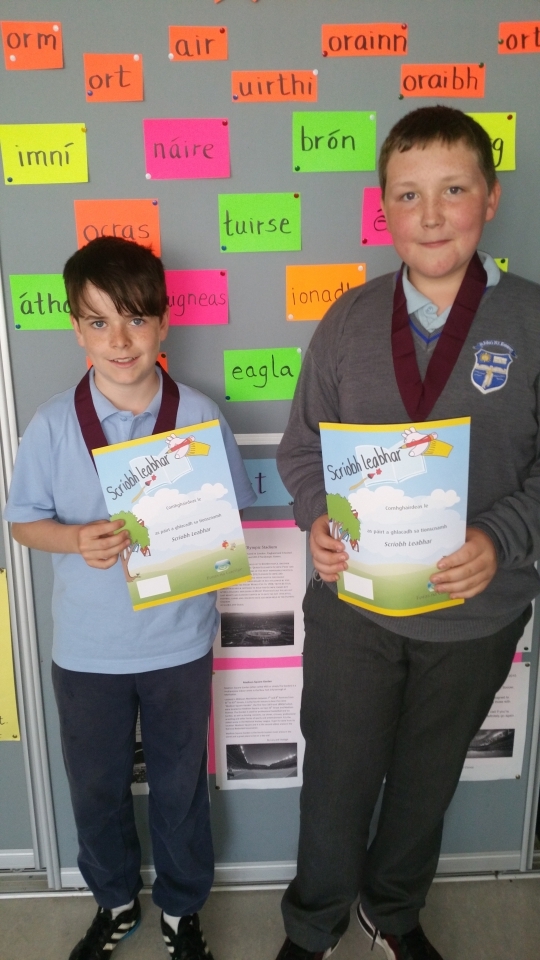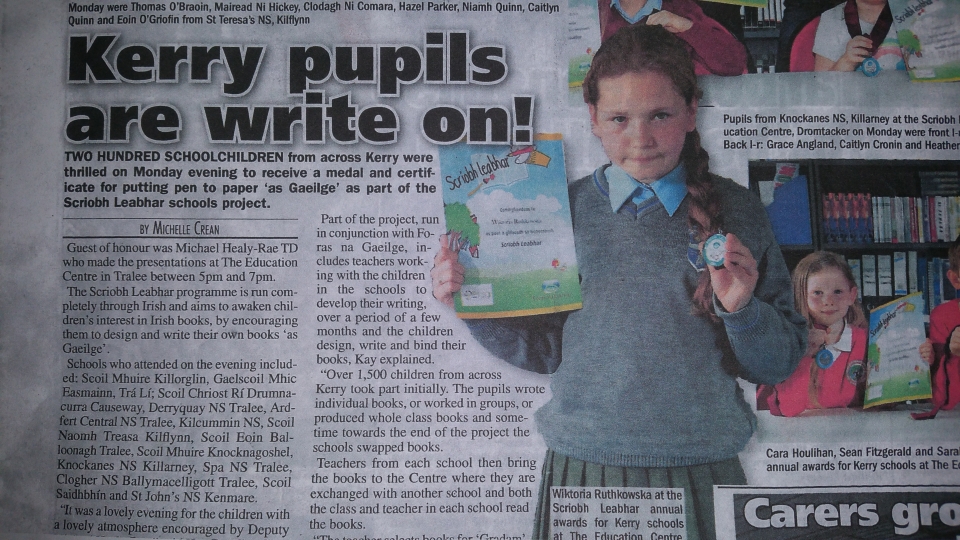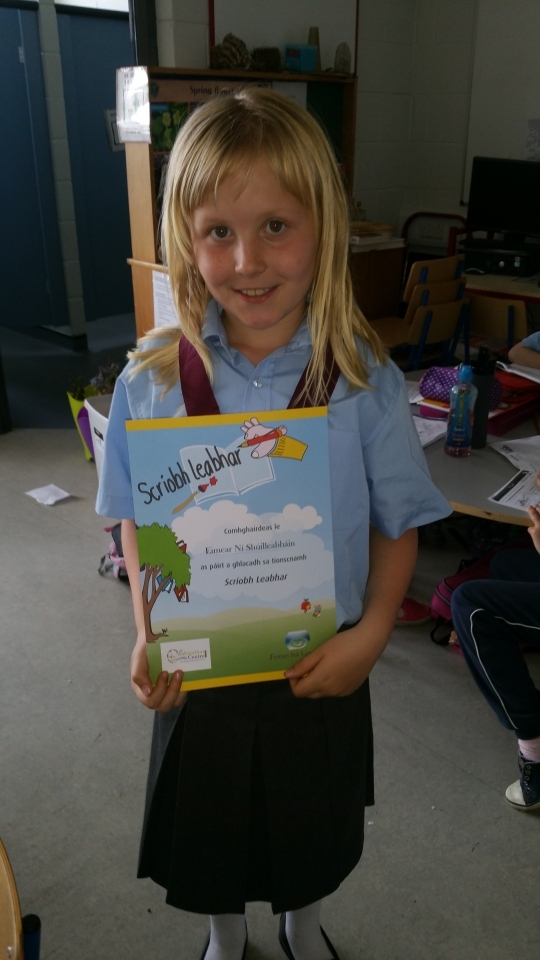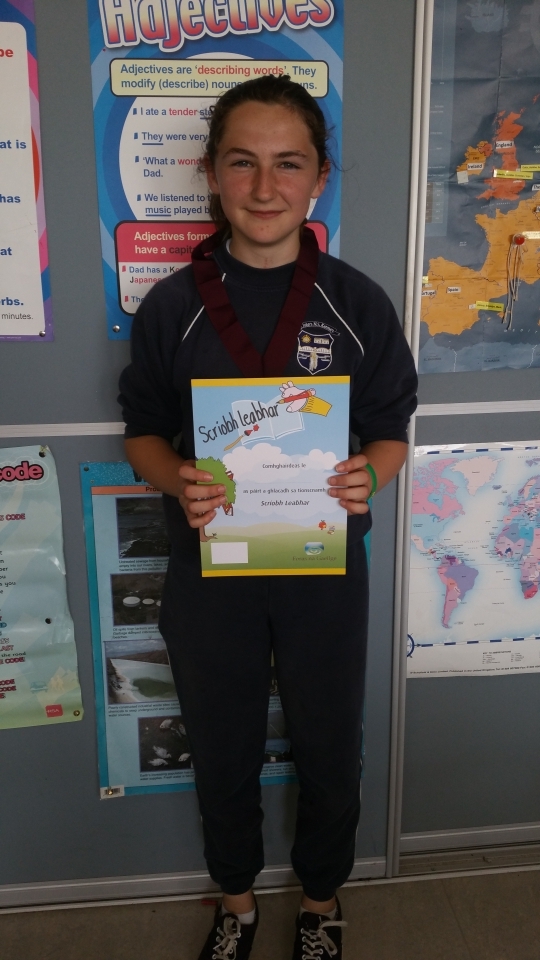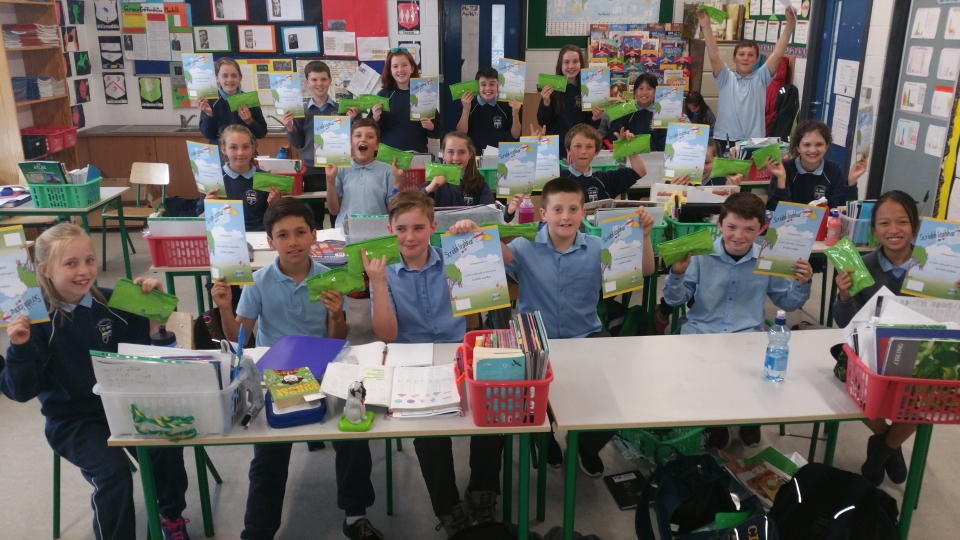Attendance Policy
ATTENDANCE POLICY
Introduction
Rationale:
The main factors contributing to the formulation of a revised policy on attendance can be summarised as follows;
- The importance of regular school attendance
- The changing fabric of society
- The roll of the NEWB (Tulsa)
- Legislative requirements such as the Education Welfare Act 2000
- The outlining of school procedures in relation to absenteeism
Aims and Objectives:
The policy is geared towards;
- Encouraging full attendance where possible
- Identifying pupils at risk
- Promoting a positive learning environment
- Enabling learning opportunities to be availed of
- Raising awareness of the importance of school attendance
- Fostering an appreciation of learning
Compliance with School Ethos:
This policy complements the school ethos of nurturing potential in a caring environment where the welfare of children is paramount.
Roles and Responsibilities:
All staff have an input into the implementation of the policy. Class teachers record individual patterns of attendance and the school Principal makes returns to the National Education Welfare Board.
There is a very strong tradition of good attendance in St.John’s N.S. We are anxious that parents be aware of the absolute necessity for regular punctual attendance at school. Quite simply, children cannot learn if they are not at school.
Policy Content
Recording:
Individual school attendance is recorded electronically on the Aladdin school administration system. Each teacher records class attendance on line by 10.30 a.m. each morning with a cumulative total attendance for the school also being recorded.
A dated note for parent / guardians is required to cover each absence. Various categories of absences fare recorded on the Aladdin system.
The categories are as follows:
- Unexplained
- Illness
- Urgent family reason
- Suspended
- Other
- Transferred to another school
Immediately following recording of an absence and where this absence has previously not been explained, the parent / guardian will receive a text explaining that their child is absent and that a note of explanation should be given to the class teacher when the child returns to school.
Parents are also made aware of the requirements of the National Education Welfare Board (Tulsa) particularly the bye law relating to absence of more than 20 days per school year. Absences of more than 20 days are automatically referred to the Education Welfare officer.
Parents are made aware of this bye law on a regular basis, at first on enrolment and subsequently in regular newsletters received from the school. Holidays taken during term time are strongly discouraged by the school and parents are made aware that such holidays may lead to surpassing the twenty day absence rule in relation to referral to the Education Welfare Officer.
Communication with other Schools:
- When a child transfers from St. John’s N.S. to another school, the schools records on attendance, academic progress etc. will be forwarded on receipt of written notification of the transfer
- When a child transfers into St. John’s N.S., confirmation of transfer will be communicated to the child’s previous school, and appropriate records sought
- Pupils transferring from St. John’s N.S. to a Post Primary school will have their records forwarded on receipt of confirmation of enrolment.
Communication with Parents:
The school informs all parents of the implications of non-attendance as per theEducation Welfare Act 2000. This information is disseminated by regular school circulars. Parents of new children are informed on enrolment.
Promoting Attendance:
- Being vigilant so that risks to good attendance such as disadvantage, bullying etc. are identified early.
- Rewarding good attendance through award of Best Attendance in each class during the school year.
Evaluation:
The success of any Attendance policy is measured through;
- Improved attendance levels
- Happy confident well adjusted children
- Positive parental feedback
- Teacher vigilance
Punctuality:
Punctuality is essential. If a child misses the start of the school day he / she miss teaching time and social interaction. The day begins with play for the younger children. It is a very important time in the school day.
Children arriving late also disrupt the class; it can be embarrassing for the child and can also encourage absence.
Good time keeping is a vital skill which will help children as they progress through their school life and out into the wider world.
School begins at 9.20 a.m. All pupils and staff are expected to be on time. All children are expected to line up in their class line when the bell rings.
The school will write to parents / guardians in the event of pupils being consistently late. A copy of the letter will be kept on file.
References:
Education Welfare Act 2000
Section 29 Education Act
Policy Ratification
This policy was ratified by the Board of Management
